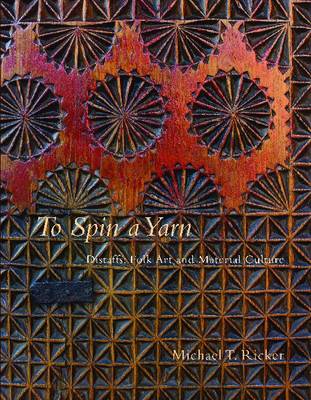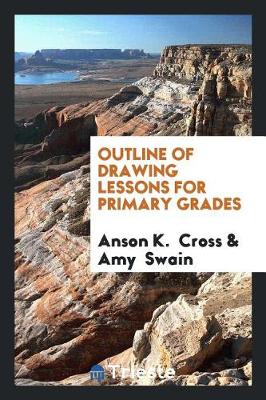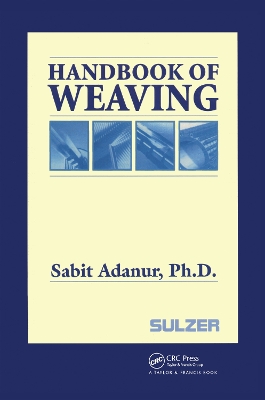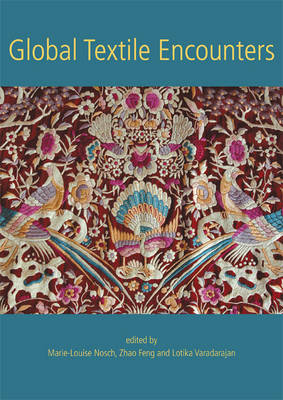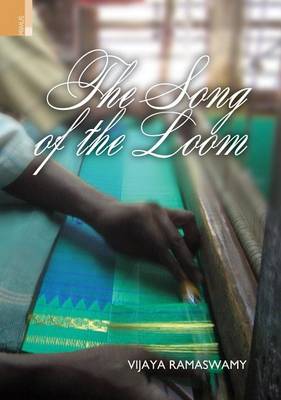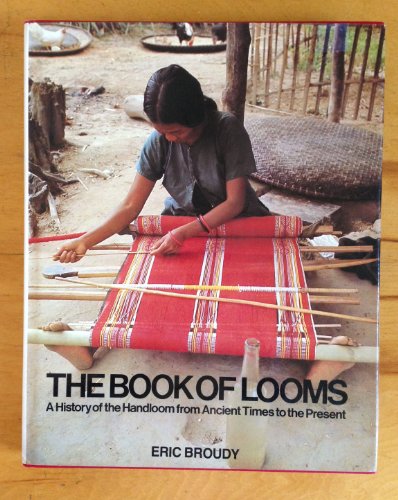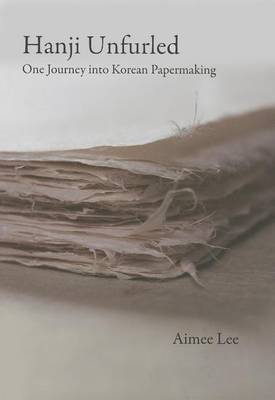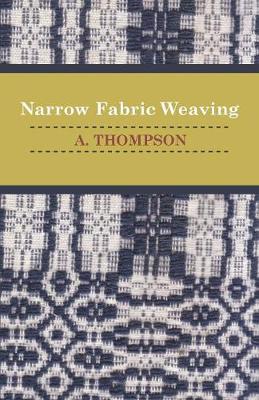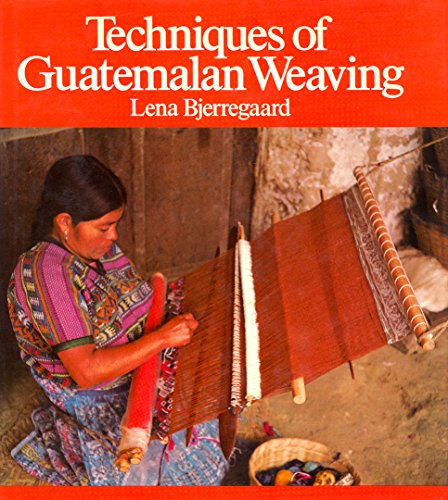Distaffs are simple tools for spinning fiber, forming part of world cultures for millennia. In certain cultures, distaffs evolved over centuries from plain sticks to surprisingly ornate sculptures. They eventually became important cultural objects, with almost ritualistic significance. During a heyday lasting from the mid 18th century to the early 20th century, distaff production soared. This production was ultimately quashed by the progress of the Industrial Revolution and subsequent availabil...
Outline of Drawing Lessons for Primary Grades
by Anson K Cross and Amy Swain
Bookplates by Sidney L. Smith; With a Check-List of the Bookplates
by Gardner Teall
A mixture of science and art, weaving is nearly as old as human history. Despite the many technological advances in the field, however, it is still virtually impossible to control each individual fiber in a woven structure. To help you meet this and other weaving challenges, Handbook of Weaving covers every step of the process clearly and systemati
The Kitt Peak National Observatory is located in the Quinlan Mountains, southwest of Tucson, Arizona. For more than 40 years, astronomers have used the telescopes here to make many remarkable discoveries about the Universe. Today, Kitt Peak is the most visited astronomical observatory site in the world. With over twenty telescopes of different types and sizes, the site gives visitors an indication of the great diversity of modern astronomy. This guide gives a comprehensive tour of the Kitt Peak...
Global Textile Encounters (Ancient Textiles, #20)
Global Textile Encounters is a fascinating journey into three significant textiles and clothing cultures: China, India and Europe. The common thread is how fashions and traditions have travelled through space and time. In this richly illustrated anthology, with its 242 images, written both by textile researchers and practitioners as well as scholars from other fields across the globe, we hear of various types of encounters that bring to life a world of interactions and consequences as colourful...
The Song of the Loom Weaver Folk Traditions in South India
by Vijaya Ramaswamy
2 to 8 Shaft Weaving Project Planner and Notebook
by Royanne Weaving Journals
The handloom--often no more than a bundle of sticks and a few lengths of cordage--has been known to almost all cultures for thousands of years. Eric Broduy places the wide variety of handlooms in historical context. What influenced their development? How did they travel from one geographic area to another? Were they invented independently by different cultures? How have modern cultures improved on ancient weaving skills and methods? Broudy shows how virtually every culture, no matter how primit...
A Loom from Bhutan (Bulletins of the Royal Tropical Institute, #339)
by Rita Bolland

